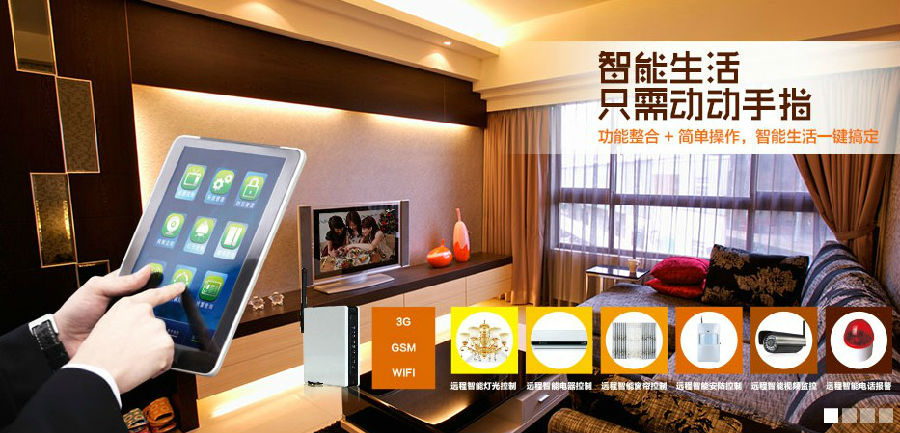
This model of a lima bean leaf vividly shows the transverse and longitudinal sections, as well as the upper and lower surfaces, of a typical leaf. The mesophyll includes palisade parenchyma and spongy parenchyma. Both surfaces are shown with stomata and guard cells. Vascular bundle detail is also shown,including xylem, phloem, and veins.
the model produced by the company has been widely used in many educational system units, such as medical and health, medical education, Red Cross, electric power, transportation, fire protection, safety production, public community and so on, and has occupied a gratifying market share, which has been favored and praised by customers.
Plant Model,3D Plant Model,Anatomy 3D Model,Plant Stem Cell Model
Xinxiang Vic Science&Education Co.,Ltd. , https://www.huaxinbusbarchina.com